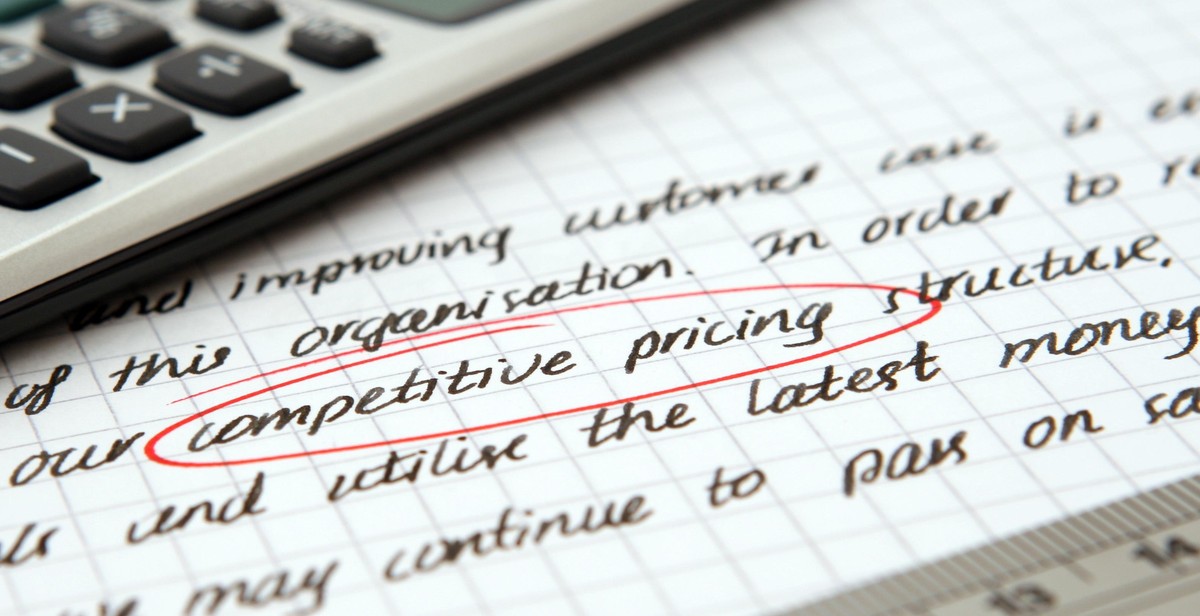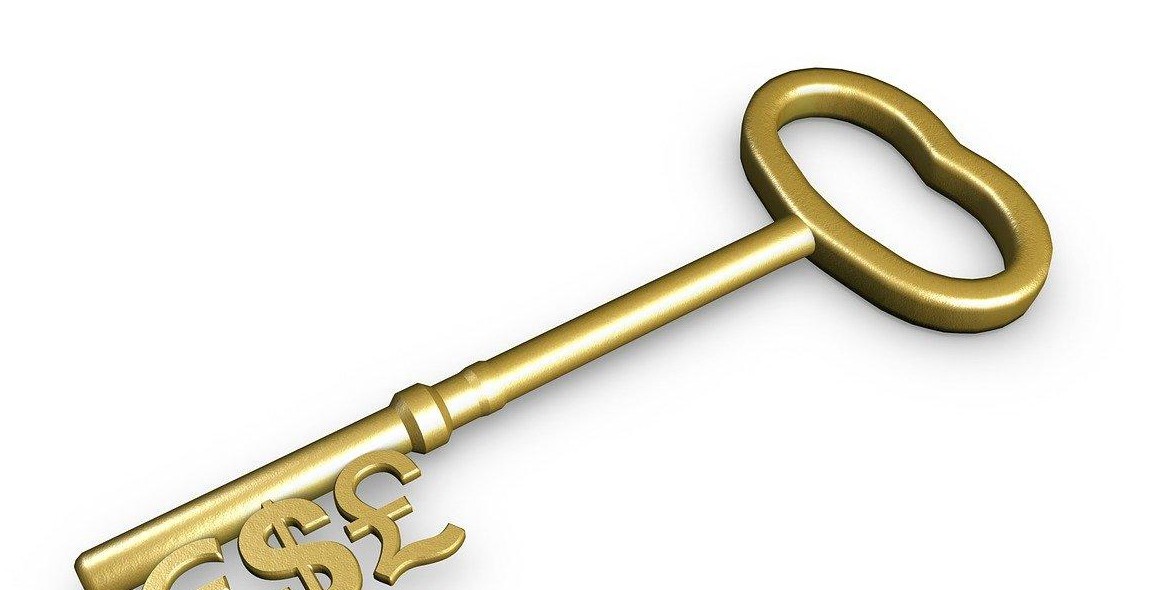Introduction: How to Build an Emergency Fund and Prepare for Financial Uncertainty
Financial uncertainty is a reality for many people, and unexpected expenses can arise at any time. This is why building an emergency fund is crucial. An emergency fund is a safety net that can provide financial security and peace of mind during difficult times. In this article, we will discuss why building an emergency fund is important and how you can start building one.
Why Building an Emergency Fund is Important?
Life is unpredictable, and unexpected events can happen at any time. Whether it’s a sudden job loss, a medical emergency, or a major car repair, having an emergency fund can help you weather the storm. Without an emergency fund, you may be forced to rely on credit cards or loans, which can lead to debt and financial stress.
Building an emergency fund is also important for long-term financial planning. It can help you achieve your financial goals, such as buying a house or saving for retirement. By having a solid financial foundation, you can focus on your future without worrying about unexpected expenses that may arise.
Overall, building an emergency fund is a crucial step in preparing for financial uncertainty. In the next sections, we will discuss how you can start building your emergency fund and tips for maintaining it.

Step 1: Determine Your Monthly Expenses
Before you can start building your emergency fund, you need to have a clear understanding of your monthly expenses. This means taking the time to sit down and list out all of your expenses, both essential and non-essential.
List All Your Monthly Expenses
Start by listing out all of your monthly expenses, including bills, groceries, transportation costs, and any other necessary expenses. Be sure to include any irregular expenses, such as quarterly or annual bills, and divide them by 12 to get a monthly average.
Categorize Your Expenses
Once you have a complete list of your monthly expenses, categorize them into essential and non-essential expenses. Essential expenses are those that you cannot live without, such as rent or mortgage payments, utilities, and food. Non-essential expenses are things like dining out, entertainment, and subscription services.
Identify Non-Essential Expenses
Take a closer look at your non-essential expenses and see where you can cut back. Consider canceling subscriptions or memberships you don’t use, reducing the number of times you dine out each month, or finding cheaper alternatives for entertainment.
| Essential Expenses | Non-Essential Expenses |
|---|---|
| Rent/Mortgage | Dining Out |
| Utilities | Entertainment |
| Food | Subscription Services |
By identifying and reducing non-essential expenses, you can free up more money to put towards building your emergency fund.

Step 2: Set a Savings Goal
Now that you’ve started saving, it’s time to set a savings goal. How much should you save? The answer depends on your individual circumstances, such as your income, expenses, and financial obligations. A good rule of thumb is to save at least three to six months’ worth of living expenses.
Calculate Your Savings Goal
To determine your savings goal, you’ll need to calculate your monthly expenses. This includes your rent/mortgage, utilities, groceries, transportation costs, debt payments, and any other necessary expenses. Once you have your monthly expenses, multiply that number by the number of months you want to save for.
| Monthly Expenses | Number of Months to Save For | Savings Goal |
|---|---|---|
| $2,000 | 3 | $6,000 |
| $3,500 | 6 | $21,000 |
Remember, your savings goal may change over time as your expenses and financial situation change. It’s important to regularly review and adjust your savings goal as necessary.
- Consider starting with a smaller savings goal and gradually increasing it over time.
- Don’t be discouraged if your savings goal seems out of reach. Every little bit helps and it’s important to start somewhere.
- Keep your savings goal in mind as you make budgeting decisions and prioritize your spending.

Step 3: Create a Budget
Creating a budget is essential in building an emergency fund and preparing for financial uncertainty. It allows you to track your income and expenses, make adjustments to your spending habits, and ensure that you are saving enough money for unexpected situations.
Track Your Income
The first step in creating a budget is to track your income. This includes your salary, bonuses, and any other sources of income you may have. It is important to have an accurate picture of your income so that you can plan your budget accordingly.
Track Your Expenses
Next, track your expenses. This includes everything from your rent or mortgage payment to your daily coffee habit. Be sure to include all of your expenses, no matter how small they may seem. This will help you identify areas where you can cut back on spending.
Make Adjustments to Your Spending Habits
Once you have a clear picture of your income and expenses, it’s time to make adjustments to your spending habits. Look for areas where you can cut back on expenses, such as eating out or shopping for non-essential items. Set a realistic budget for each category and stick to it.
| Category | Budget |
|---|---|
| Housing | $1,500 |
| Utilities | $200 |
| Food | $400 |
| Transportation | $150 |
| Entertainment | $100 |
| Savings | $500 |
By tracking your income and expenses and making adjustments to your spending habits, you can create a budget that works for you and helps you build an emergency fund and prepare for financial uncertainty.

Step 4: Start Saving
Now that you have a budget in place, it’s time to start saving. Building an emergency fund is crucial to prepare for financial uncertainty. Here are three steps to start saving:
Open a Separate Savings Account
One of the best ways to save for emergencies is to open a separate savings account. This account should be separate from your checking account and should only be used for emergency purposes. It’s important to choose an account with a high-interest rate and no fees. This will help your money grow faster and not be eaten up by account fees.
Automate Your Savings
Automating your savings is a great way to ensure that you save money each month. You can set up automatic transfers from your checking account to your emergency savings account. This will help you save money without even thinking about it. You can set up the transfers to happen on payday, so you don’t even see the money in your checking account.
Increase Your Savings
As you get more comfortable with saving, try to increase the amount you save each month. You can do this by increasing the amount of your automatic transfers or by manually transferring more money to your emergency savings account each month. Aim to save at least three to six months’ worth of expenses in your emergency fund.
| Tip: | Consider using a budgeting app that can help you track your spending and savings goals. Some popular apps include Mint and YNAB. |
|---|

Step 5: Keep Your Emergency Fund Accessible
Once you have built up your emergency fund, it is important to ensure that it is easily accessible in case of an emergency. You do not want to find yourself in a situation where you need the money, but it is tied up in an investment that you cannot access quickly.
Choose the Right Type of Account
The first step in keeping your emergency fund accessible is to choose the right type of account. You want to look for an account that is both safe and liquid. A savings account or a money market account are both good options for an emergency fund. These accounts offer easy access to your money and are also FDIC-insured, which means that your money is protected in case the bank fails.
Avoid Long-Term Investments
While it may be tempting to invest your emergency fund in a long-term investment, such as stocks or bonds, this is not a good idea. These types of investments are not liquid and can be risky. If the market takes a downturn, you may find that your emergency fund is worth less than what you need.
Instead, focus on keeping your emergency fund in a safe and accessible account. This will ensure that you have the funds you need in case of an emergency.
| Account Type | Interest Rate | Minimum Balance | Liquidity |
|---|---|---|---|
| Savings Account | Low | Low | High |
| Money Market Account | Higher than savings account | Higher than savings account | High |
As you can see from the table above, a money market account may offer a higher interest rate than a savings account, but it may also require a higher minimum balance. Consider your personal financial situation and choose the account that is right for you.
Step 6: Revisit Your Emergency Fund Regularly
Building an emergency fund is not a one-time task. You need to revisit your emergency fund regularly to ensure that it is still meeting your financial needs. Here are some things you should do:
Review Your Expenses
Review your expenses periodically to see if there are any changes that affect your emergency fund needs. For example, if you have recently had a child, you may need to increase your emergency fund to cover unexpected expenses related to your child’s health or education.
Adjust Your Savings Goal
If you have achieved your initial savings goal, you may want to adjust your savings goal to reflect changes in your financial situation. For example, if you have received a raise at work, you may want to increase your emergency fund savings goal.
Make Changes to Your Budget
If you find that your emergency fund is not growing as quickly as you would like, you may need to make changes to your budget. Look for areas where you can cut back on expenses and redirect those funds to your emergency fund.
By revisiting your emergency fund regularly, you can ensure that you are prepared for any financial uncertainty that comes your way.

Conclusion
Building an emergency fund is an essential step to achieving financial stability. It is a way of preparing for financial uncertainty and unexpected expenses that may arise in the future. By following the steps outlined in this article, you can create a solid emergency fund that will serve as a safety net during tough times.
Remember These Key Points
- Set a specific savings goal for your emergency fund
- Create a budget and stick to it
- Automate your savings
- Consider high-yield savings accounts or other investment options
- Revisit and adjust your emergency fund regularly
Remember, building an emergency fund is a process that takes time and commitment. It is not something that can be done overnight. However, the peace of mind that comes with having a financial safety net is worth the effort.
Start Building Your Emergency Fund Today
Take action today and start building your emergency fund. Whether you are just starting out or have been saving for a while, it is never too late to prepare for financial uncertainty. Remember, the key is to start small and be consistent. By doing so, you can achieve financial stability and peace of mind.
